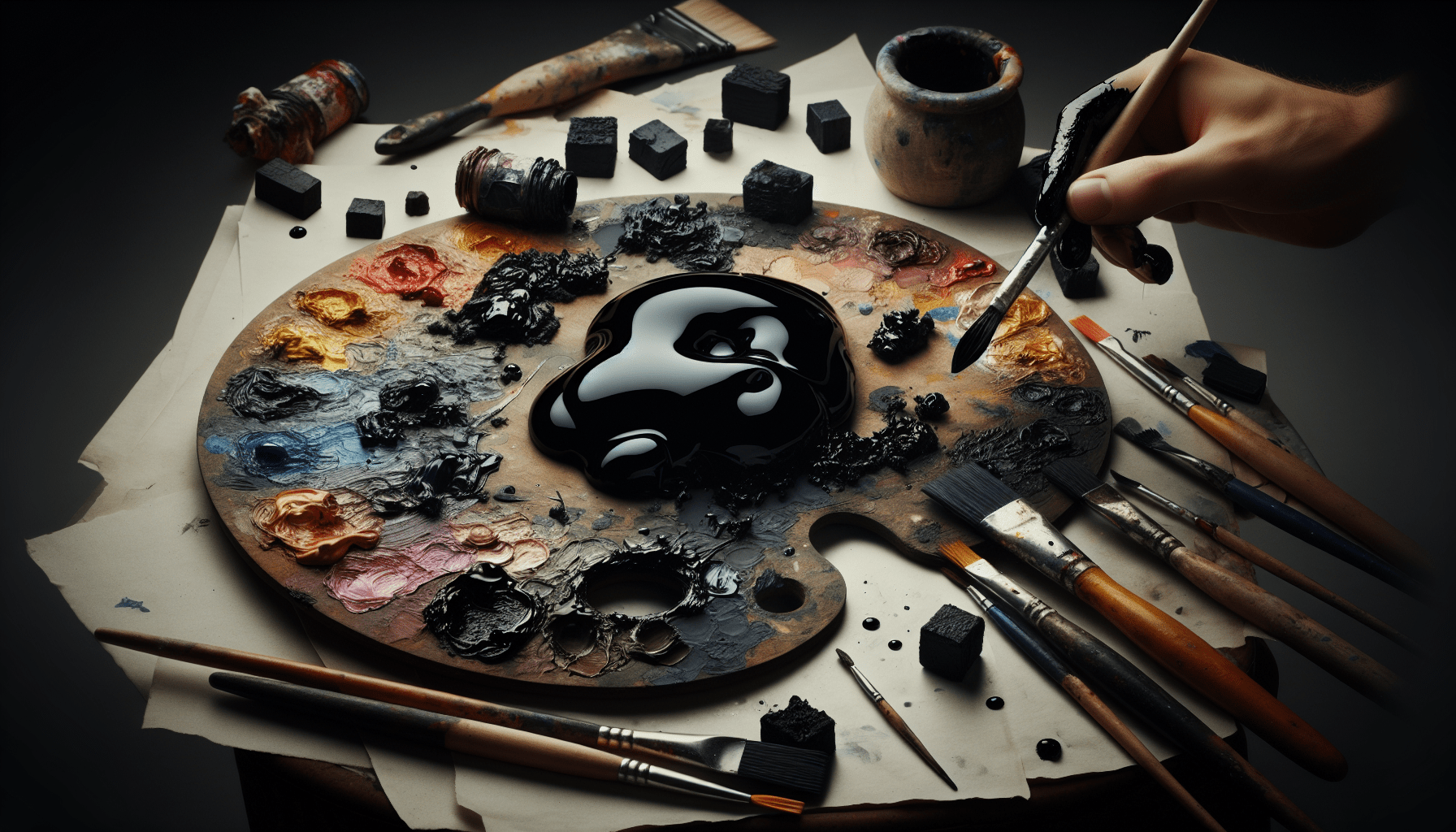In assessing the value of oil paintings, numerous factors come into play that may significantly influence their worth. Understanding how much oil paintings are worth requires a meticulous examination of elements such as the artist’s reputation, the painting’s condition, provenance, rarity, and historical significance. Furthermore, the art market dynamics, including current trends and demand for specific artworks, also play a crucial role. If you are evaluating or considering the acquisition of an oil painting, a keen awareness of these determinants is imperative to making informed and judicious decisions. Have you ever wondered how much a piece of art, especially an oil painting, is truly worth? Perhaps you have an oil painting tucked away in your attic and are curious about its value. Or maybe you’re an aspiring artist, pondering how to price your works for the market. Regardless of your situation, understanding the factors that influence the worth of oil paintings can be a complex process.
The Historical Significance of Oil Paintings
Oil paintings have been highly valued for centuries, with their roots tracing back to the 15th century. They gained immense popularity in Europe during the Renaissance, a period known for the likes of Leonardo da Vinci and Michelangelo. The rich textures, vibrant colors, and diverse techniques available through oil paints have made these artworks timeless treasures.
Artist’s Reputation
One of the most crucial factors affecting the value of an oil painting is the reputation of the artist. Renowned artists like Vincent van Gogh or Claude Monet often see their works fetching millions at auctions. Even contemporary artists who have established a strong reputation can command high prices.
Period and Style
The time period and art movement during which a painting was created also significantly influence its value. For example, works from the Renaissance, Baroque, or Impressionist periods typically fetch higher prices. Meanwhile, contemporary oil paintings might range widely based on current market trends and the artist’s renown.
Market Demand
The law of supply and demand is particularly relevant in the art world. Paintings by artists who have a high demand, whether due to cultural significance or social influence, often see higher prices. Additionally, unique or rare works that have few comparable alternatives on the market frequently command premium prices.
Auction Prices
Auctions are a primary venue where oil paintings are bought and sold, providing a transparent view of what collectors are willing to pay. The final bid price at major auction houses like Sotheby’s or Christie’s is often a strong indicator of a painting’s market value.
Private Sales and Galleries
Not all sales are publicly recorded. Private sales and gallery transactions also play a significant role. Galleries often represent artists and handle sales directly with collectors, which might not always be made public but can fetch substantial sums.

Condition of the Painting
The physical condition of an oil painting is another determinant of its value. Paintings that are well-preserved generally fetch higher prices. Conversely, those that have suffered damage, fading, or poor restorations could see their value significantly reduced.
Restoration Impact
Quality restoration can enhance the value of a deteriorated painting, but haphazard or amateurish restoration works can diminish its worth. Professional assessments and restorations by experienced conservators are recommended.
Provenance and Documentation
The history of ownership and documentation of a painting’s authenticity are critical in determining its value. A well-documented provenance can add significant value. Provenance not only attests to the painting’s authenticity but often reveals its historical journey, making it more appealing to collectors.
Certificates of Authenticity
Certificates of authenticity issued by recognized experts or institutions assure potential buyers of the legitimacy of the artwork. Such certificates can sometimes substantiate the age, artist, and historical significance of the oil painting, thereby adding to its worth.

Size and Scale
The dimensions of a painting can also impact its value. Larger paintings typically require more materials and effort to create, often leading to higher prices. However, the subject matter and buyer’s taste for size and scale can significantly vary.
Comparison of Sizes
Consider the following table comparing prices based on size:
| Size (in inches) | Example Price Range (USD) |
|---|---|
| Small (under 24″) | $500 – $5,000 |
| Medium (24″-48″) | $5,000 – $20,000 |
| Large (over 48″) | $20,000+ |
Subject Matter
The subject of the painting also plays a role in determining its value. Certain themes or subjects are more popular and marketable than others. Portraits, landscapes, historical scenes, and abstract works cater to different audiences.
Popular Themes
- Portraits: Often hold personal and historical meaning, especially if the subject is well-known.
- Landscapes: Considered timeless and widely appealing to a broad audience.
- Abstracts: Appeal largely depends on the current trends and the artist’s vision.
Techniques and Materials
Different techniques and materials used in oil painting can also affect its value. Works that demonstrate a high level of skill, detail, and originality from the artist are typically more valuable.
Innovative Methods
Paintings that incorporate innovative techniques or rare materials can fetch a higher price. For instance, works that utilize gold leaf, mixed media, or intricate detailing often stand out.
Economic and Cultural Trends
The broader economic and cultural environment can also influence the value of oil paintings. During economic booms, the art market typically also experiences growth, with higher disposable income leading to increased art spending.
Cultural Influence
Cultural movements, trends, and shifts in tastes can suddenly increase interest in certain types of art or artists, dramatically affecting prices. The rise of social media has also played a role in how art is marketed and valued.
Expert Appraisals
Getting an expert appraisal can provide a comprehensive view of a painting’s worth. Professional appraisers consider all the discussed factors comprehensively to provide an estimated value.
Types of Appraisers
- Auction House Experts: Usually specialize in high-value items and can offer a broad market perspective.
- Independent Appraisers: Might offer more personalized services and extensive expertise in specific art periods or styles.
Case Studies of High-Value Oil Paintings
Vincent van Gogh’s “Starry Night”
Van Gogh’s “Starry Night” is one of the most recognized paintings in the world. While its exact market value is hard to pin down due to its incalculable cultural worth, estimates suggest it could be worth between $100 million and $300 million if auctioned today.
Leonardo da Vinci’s “Salvator Mundi”
In 2017, Leonardo da Vinci’s “Salvator Mundi” sold at auction for $450.3 million, becoming the most expensive painting ever sold. This example underscores the extraordinary value that historical significance and the artist’s reputation can bring.
Conclusion
Determining the worth of an oil painting involves a combination of historical significance, artist reputation, market demand, and many other factors. If you’re considering buying, selling, or simply valuing an oil painting, a thorough understanding of these elements is essential. By considering each of these factors and possibly consulting with an expert, you can gain a clearer picture of what an oil painting is truly worth.
Understanding the complexities of art valuation can be both fascinating and rewarding, whether you are a collector, artist, or simply an enthusiast. By delving into the various components that influence the value of oil paintings, you empower yourself to make informed decisions in the art world.



